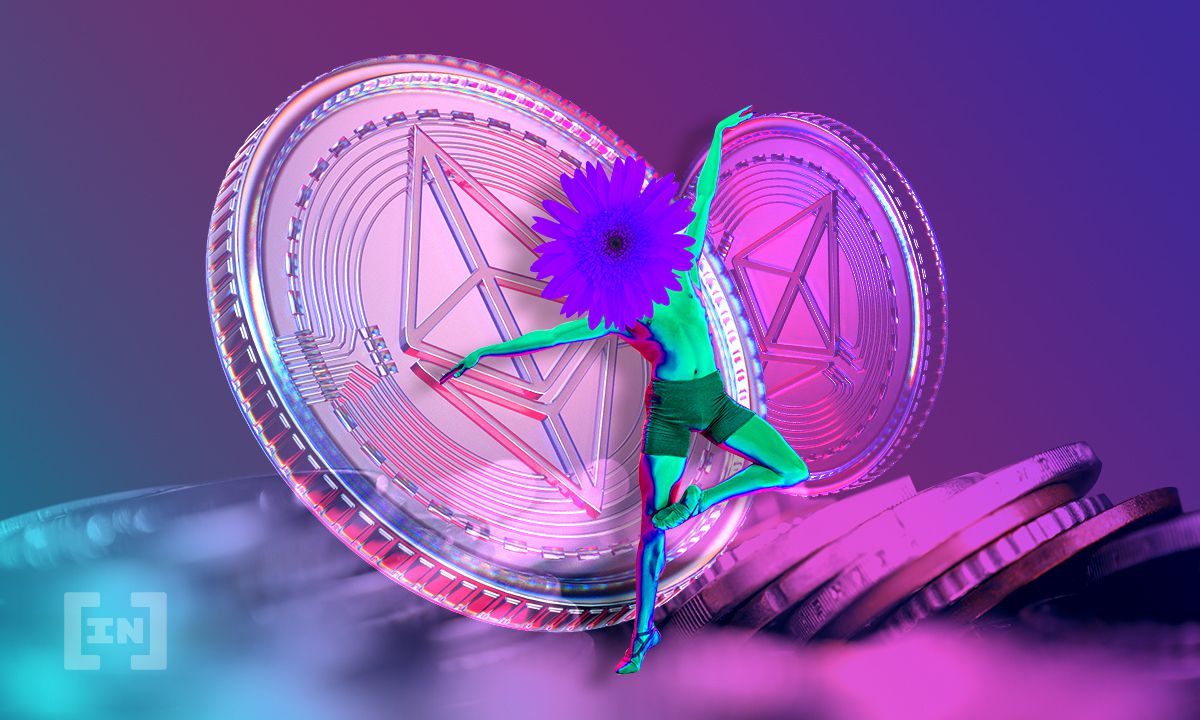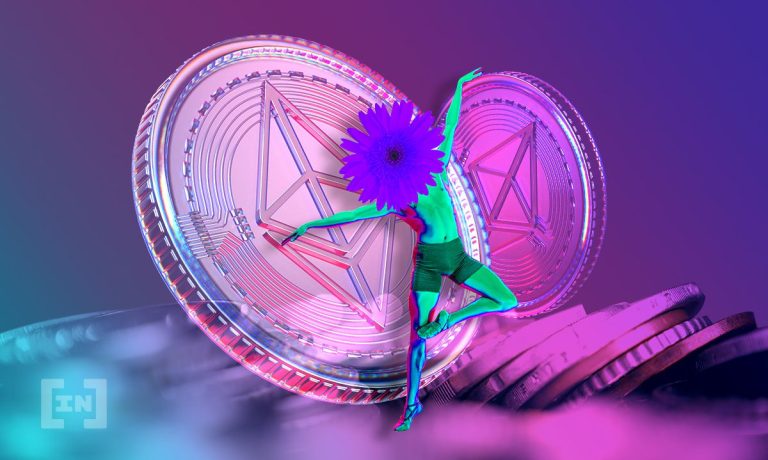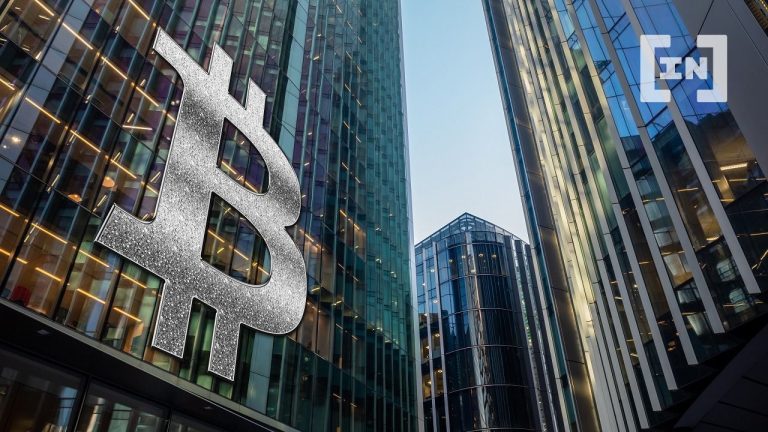Ethereum announces an official date for the merge: it should take place between September 15 and 16. What does the merge have to do with the triple Halving and why could the price explode?
Which Ethereum developers around Vitalik Buterin announce a successful transition to the Proof of Stake (PoS) consensus mechanism on the Goerli Testnet. So now nothing stands in the way of the complete implementation on the mainnet.
Due to the merge, investors are bullish as never before – the price was able to double in just two months. And here is the Triple-Halving just before. Forecasts for the further price development are overestimating, there is even talk of over 5,000 US dollars.
Ethereum Triple Halving: Price Forecasts are Flipping over
Triple-halving? Never heard of it? The word halving actually comes from the Bitcoin space. It refers to the halving of miner rewards every 4 years, which means that less new Bitcoin is spent overall. Miners received 50 Bitcoin per block as a reward in the first 4 years of BTC history, as soon as the first halving took place, there were only 25 left. Meanwhile, we have arrived at 6.25 BTC per block.
Since the price of cryptocurrencies is directly determined by supply and demand, halving is always accompanied by an immediate price increase. In addition to the decreasing supply, it also benefits the price that the supply is limited to 21 million BTC. So far, every halving has heralded a bull market with higher highs.
What does all this have to do with Ethereum?
After the merger, the supply of ETH should also decrease, which would be associated with a price increase. On the “old” Proof of Work (PoW), the reward dropped from 5 to 2 ETH: however, it took a whole 5 years. A restriction of 60 percent within 5 years.
Since 6000 new blocks are currently mined per day, the total number of new Ethereum on the market is 13,000. At the current price, this corresponds to 23.4 million US dollars per day, equivalent to an inflation of about 4.3% per year.
Less tokens, higher price?
By switching to PoS, hardware is no longer necessary to secure the system. Like the BTC miners, ETH miners have to get their hardware and pay for the electricity costs. As a result, they need a fairly high yield, since the cost of maintaining the system is also higher.
After switching to the proof of Stake, validators take over this task, who deposit their money and are compensated for it in Ethereum. Since these validators consume 99.95 percent less electricity than the miners, the reward for securing the system may also be lower.
As a result of the merge, the output of new Ethereum drops to around 1,500 per day. Overall, annual inflation is expected to fall from the current 4.3% to 0.4%.
In addition to the lower number of newly issued tokens, the EIP-1559 update introduces a burn mechanism. In the future, a part of the costs will be born with each transaction and thus withdrawn from circulation forever. This update has already been implemented since the London Hard Fork in August 2021, but should only bear fruit after the merge.
Staking as a new trend?
It is already possible to stake your Ethereum via pools – for 4% interest income per year. At this point, about $23 billion of staked ETH, or 10% of the total number of staking, is in pools. However, the catch with the story is that these tokens cannot be paid out after the merge, because they are subject to a blocking period of half to one year.
As a result of this effect, the total number of ETH on offer is further depressed, which should result in a price increase. In total, the triple halving actually equals three halvings of Bitcoin – the supply is reduced by around 90%.
The Ethereum price is currently at 1,870 and is therefore almost 3,000 US dollars below the all-time high of November. However, some experts use the merge as an opportunity to predict prices of $ 5,000 and more. In September it will turn out.
Disclaimer
All information contained on our website is researched to the best of our knowledge and belief. The journalistic articles are for general information purposes only. Any action taken by the reader on the basis of the information found on our website is done exclusively at his own risk.





